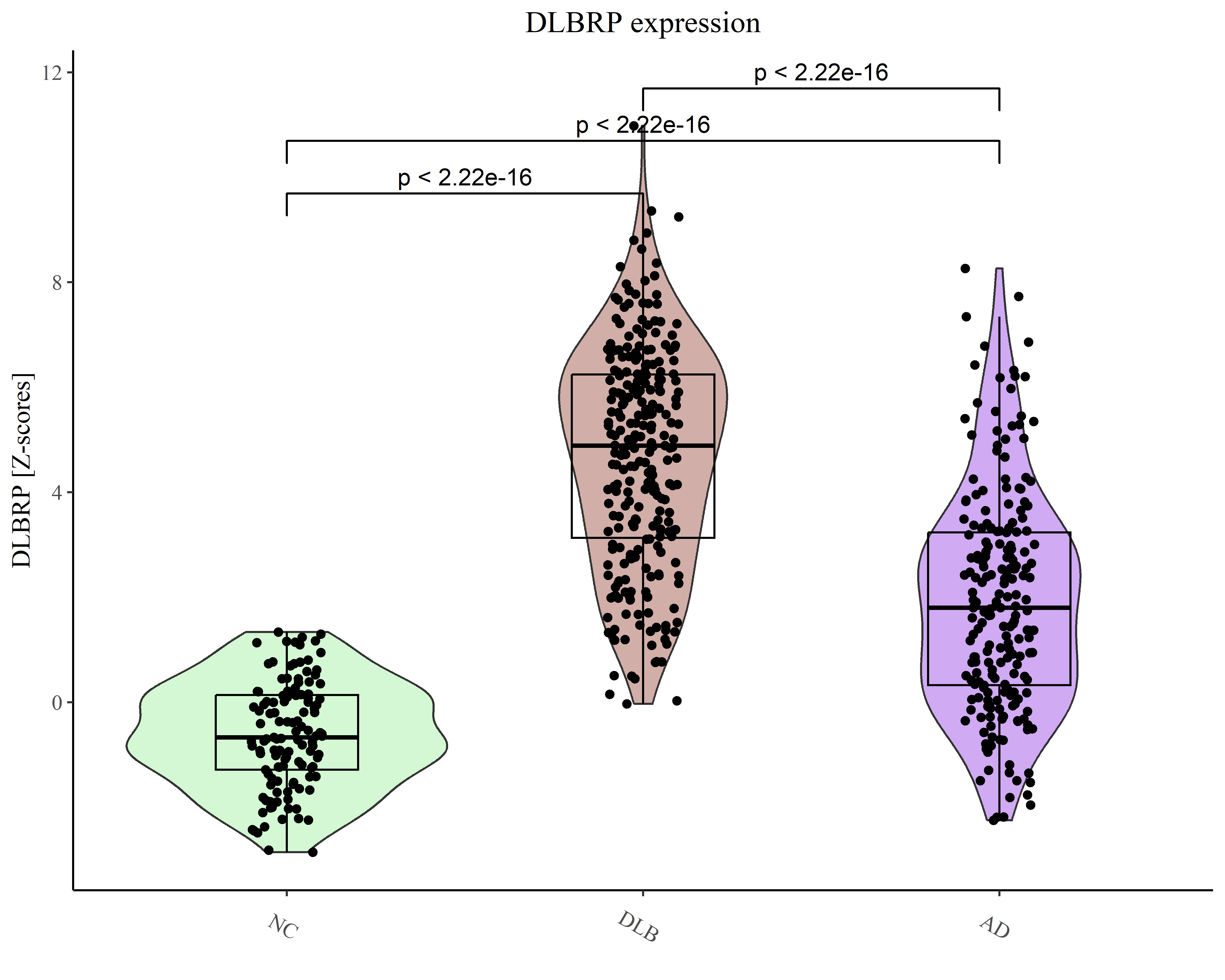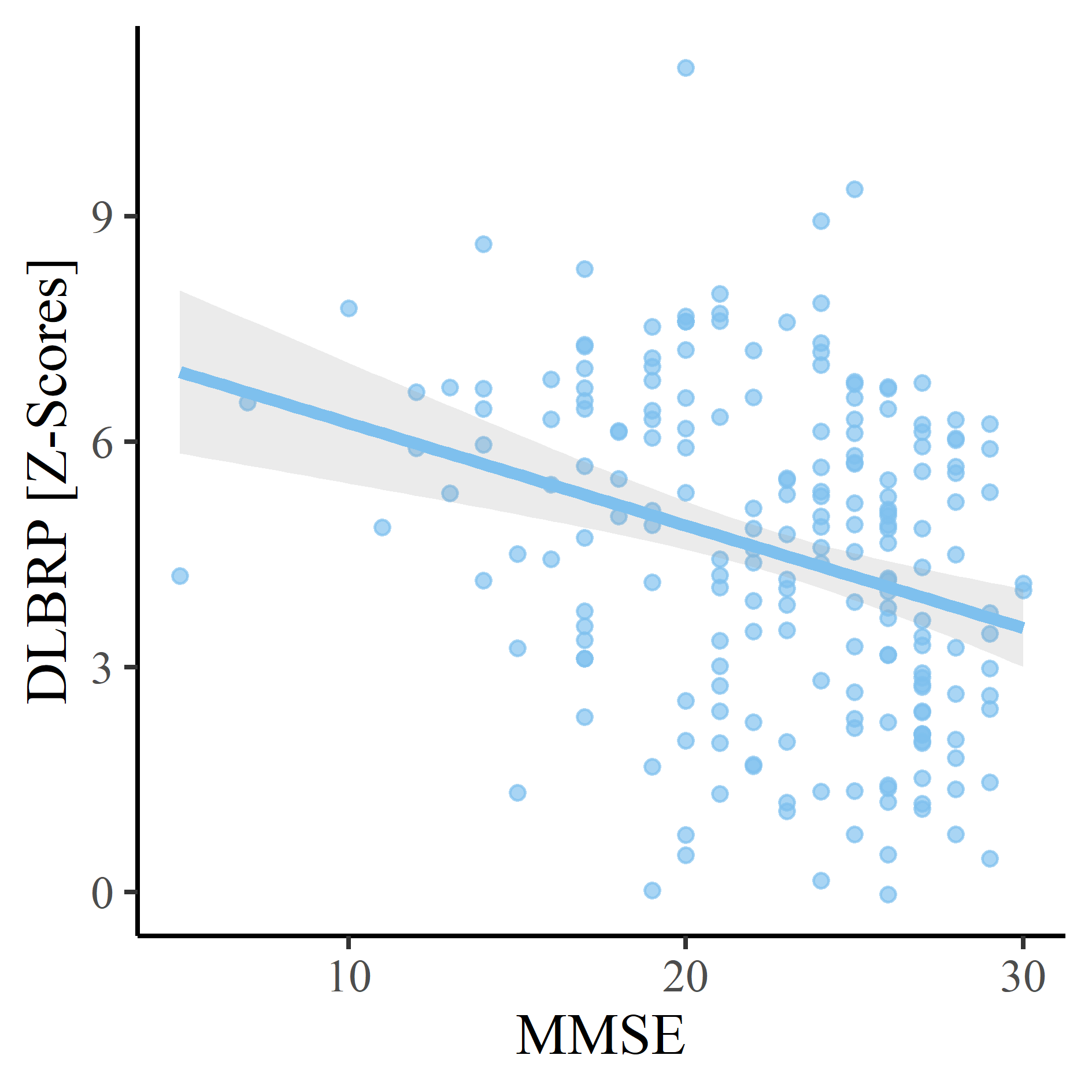Category: Neuroimaging (Non-PD)
Objective: Dementia with Lewy bodies-related pattern (DLBRP) has been identified from the FDG PET brain imaging of DLB patients and healthy controls previously. A multicentric validation of the pattern was performed and pattern’s clinical correlations as well as its diagnostic value in distinguishing between DLB and Alzheimer’s dementia (AD) were studied.
Background: DLB is a second most common neurodegenerative dementia and specific biomarkers for DLB are lacking. DLB-related pattern (DLBRP) is a metabolic network imaging biomarker which expression can be quantified on a single patient basis. DLBRP has been but lacks a multicentric validation.
Method: FDG PET scans from 259 DLB patients and 301 normal controls (NC) were obtained from European DLB Consortium (EDLB, 180 patients from eight centres), Alzheimer’s disease Neuroimaging Initiative (ADNI, 135 NC) and local dataset from Ljubljana (LJU, 79 patients and 41 NC). Additionally, we obtained scans from 198 patients with AD from ADNI and LJU. FDG PET scans were pre-processed and we used topographic profile rating to calculate the DLBRP expression (i.e. subject scores). Subject scores from the participants were compared between groups using t tests and ANOVA and correlated with clinical parameters using Pearson’s correlation coefficient.
Results: DLB patients from all centres had significantly higher DLBRP expression than NCs (all p < 0.001) and based on the DLBRP expression we could accurately distinguish between DLB and NCs (AUC = 0.987). We observed a negative correlation between DLBRP expression and MMSE (r = –0.30, p < 0.001). Patients with visual hallucinations (p < 0.001) and patients with abnormal Datscan™ (p = 0.02) had significantly higher DLBRP expression than those without hallucinations or normal Datscan™. Other core features did not affect the DLBRP expression. Patients with DLB had significantly higher DLBRP expression than patients with AD (p < 0.001) and based on the DLBRP expression we could accurately distinguish between DLB and AD (AUC = 0.81).
Conclusion: We showed that DLBRP can accurately distinguish between DLB and NC and between DLB and AD from multiple centres and different scanners. The DLBRP expression correlated with measurements of cognitive impairment and was higher in patients with hallucinations and with abnormal Datscan™. This study confirms that the DLBRP is a robust metabolic imaging biomarker of DLB.
DLBRP expression.
Correlation between DLBRP expression and MMSE.
To cite this abstract in AMA style:
M. Perovnik, U. Simončič, H. Kos, J. Jamšek, M. Kramberger, M. Brendel, V. Camacho, R. Vandenberghe, V. Garibotto, M. Ochoa-Figueroa, A. Padovani, S. Morbelli, D. Ferreira, M. Trošt. The dementia with Lewy bodies related metabolic brain pattern (DLBRP) – a multicentric validation [abstract]. Mov Disord. 2024; 39 (suppl 1). https://www.mdsabstracts.org/abstract/the-dementia-with-lewy-bodies-related-metabolic-brain-pattern-dlbrp-a-multicentric-validation/. Accessed December 29, 2025.« Back to 2024 International Congress
MDS Abstracts - https://www.mdsabstracts.org/abstract/the-dementia-with-lewy-bodies-related-metabolic-brain-pattern-dlbrp-a-multicentric-validation/


